Home>Garden Essentials>How Long Do Bush Beans Take To Germinate
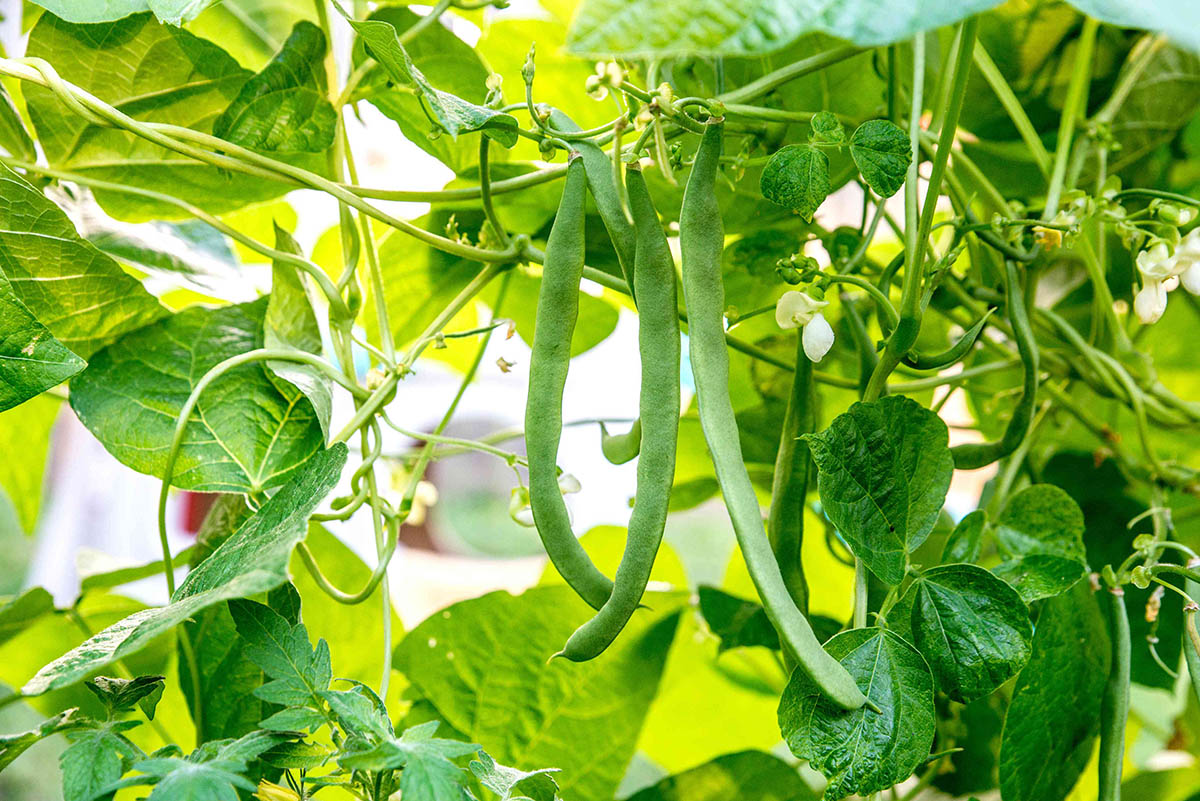

Garden Essentials
How Long Do Bush Beans Take To Germinate
Modified: March 16, 2024
Discover how long it takes for bush beans to germinate in your garden. Find expert advice and tips for successful bean seed germination.
(Many of the links in this article redirect to a specific reviewed product. Your purchase of these products through affiliate links helps to generate commission for Storables.com, at no extra cost. Learn more)
Introduction
Growing your own vegetables can be a rewarding and fulfilling experience, and one popular vegetable to include in your garden is bush beans. With their compact size and high yield, bush beans are a favorite among many gardeners. However, before you can enjoy a bountiful harvest of beans, you need to understand the process of germination.
Germination is the process by which a seed begins to grow and develop into a new plant. For bush beans, the germination period can vary depending on various factors such as temperature, moisture, and seed quality. Understanding how long it takes for bush beans to germinate can help you plan your planting schedule and ensure successful growth.
In this article, we will explore the factors that impact germination time for bush beans and provide you with the optimal conditions and steps to successfully germinate your own beans. So, let’s dive in and discover the secrets of bush bean germination!
Key Takeaways:
- Bush beans take 6 to 10 days to germinate under optimal conditions. Factors like temperature, moisture, and seed quality impact germination time. Patience and proper care are key to successful bean growth.
- Harvest bush beans when the pods are plump and vibrant green. Use garden shears to cut the pods and store them in the refrigerator for up to a week. Regular harvesting encourages continuous production.
Factors impacting germination time
Several factors can influence the germination time of bush beans. By understanding these factors, you can better manage your planting schedule and provide the optimal conditions for successful germination.
Seed quality: The quality of the seed plays a crucial role in germination time. Fresh, healthy seeds will germinate faster than old or damaged ones. It’s essential to obtain high-quality seeds from reputable sources to ensure better germination success.
Temperature: The temperature of the soil directly affects the germination time of bush beans. These warm-season vegetables prefer soil temperatures between 70°F and 80°F (21°C to 27°C) for optimal germination. Cooler temperatures can significantly delay germination, while excessively hot temperatures above 90°F (32°C) can hinder germination as well.
Moisture: Adequate moisture is crucial for seed germination. The soil should be evenly moist but not waterlogged. If the soil is too dry, the seeds may not germinate at all. Maintain proper moisture levels by watering the soil gently and consistently throughout the germination process.
Light: Unlike some seeds that require light for germination, bush beans do not have such a requirement. They germinate in the dark, so you don’t need to expose them to direct sunlight during the initial stages. However, once the seedlings emerge from the soil, they will require ample sunlight for healthy growth.
Soil quality: The condition of the soil can impact germination time. Ensure that the soil is well-draining and rich in organic matter. A loose, friable soil structure will allow the roots to penetrate easily and ensure proper moisture retention.
Seed depth: Planting the bush bean seeds at the correct depth is crucial for successful germination. The general rule is to plant the seeds at a depth of approximately 1 to 1.5 inches (2.5 to 3.8 cm). Planting seeds too shallow or too deep can result in delayed or failed germination.
Now that we understand the various factors that can impact germination time, let’s look at the optimal conditions required for germinating bush beans.
Optimal conditions for bush bean germination
To promote successful germination of bush beans, it’s important to provide the optimal conditions for their growth. By ensuring that these conditions are met, you can increase the chances of a quick and successful germination process.
Temperature: Bush beans prefer warm temperatures for germination. Ideally, the soil temperature should be between 70°F and 80°F (21°C to 27°C). You can use a soil thermometer to monitor the temperature to ensure it falls within this range. If the temperatures are too low, consider using a heat mat or placing the containers in a warm indoor location to provide the necessary warmth.
Moisture: Proper moisture is essential for germination. Keep the soil evenly moist but avoid over-watering, as excessive moisture can lead to rot and hinder germination. Regularly check the soil moisture by feeling it with your fingers or using a moisture meter. Water the soil gently whenever it feels dry, ensuring that the water penetrates deep into the soil.
Light: Since bush bean seeds do not require light for germination, you can place them in a dark location. However, once the seedlings emerge, they will need ample sunlight for growth. Choose a sunny spot in your garden where the seedlings can receive at least 6-8 hours of direct sunlight each day.
Soil quality: Prepare the soil before planting by incorporating organic matter such as compost or well-rotted manure. This will help improve soil drainage and provide essential nutrients for the seedlings. A pH level of 6.0 to 7.0 is ideal for bush beans.
Seed spacing: When planting bush bean seeds, it’s important to space them properly to allow room for growth. Space the seeds approximately 2-3 inches (5-7.6 cm) apart in rows that are spaced 18-24 inches (46-61 cm) apart. This will ensure that the plants have enough space to develop and receive adequate nutrients and sunlight.
Germination time: On average, bush bean seeds can take anywhere from 6 to 10 days to germinate under optimal conditions. However, it’s important to note that germination time can vary depending on the specific bean variety and the factors mentioned earlier.
Now that we have covered the ideal conditions for bush bean germination, let’s move on to the steps involved in germinating these delicious beans.
Steps to germinate bush beans
Germinating bush beans is a straightforward process that can be done both indoors and outdoors. Follow these simple steps to ensure successful germination and healthy growth of your bush beans:
- Choose high-quality seeds: Start by selecting fresh, high-quality bush bean seeds from a reputable source. Look for seeds that are plump, uniform in size, and free from any signs of damage or disease.
- Prepare the planting containers: Fill small seedling pots or seed trays with a well-draining potting mix or seed-starting mix. Moisten the soil slightly before planting to ensure it is evenly moist but not waterlogged.
- Plant the seeds: Make small holes in the soil about 1-1.5 inches (2.5-3.8 cm) deep. Place one seed in each hole and cover it with soil. Gently pat down the soil to ensure good seed-to-soil contact.
- Water the seeds: After planting, water the soil carefully to ensure the seeds are thoroughly moistened. Avoid over-watering, as this can lead to fungal issues. Maintain consistent moisture levels throughout the germination process.
- Provide the right temperature: Place the planting containers in a warm location with temperatures between 70°F and 80°F (21°C to 27°C). You can use a propagator or cover the containers with a plastic wrap to create a greenhouse effect and maintain the necessary warmth.
- Monitor germination: Check the planting containers daily for signs of germination. Once the seeds germinate, remove the plastic wrap or propagator and place the containers in a location with ample sunlight or under grow lights.
- Transplanting: When the seedlings have grown a few inches tall and have developed true leaves, they are ready to be transplanted into the garden or larger pots. Choose a sunny spot in the garden with well-draining soil and space the seedlings according to the recommended spacing for the specific bush bean variety.
- Continue care: Keep the soil consistently moist and provide support for the growing bean plants if necessary. Regularly monitor for pests and diseases and take appropriate measures to prevent or treat any issues that arise.
Following these steps will help you successfully germinate your bush beans and ensure healthy growth. Remember to adjust the watering and temperature conditions as needed to provide the best environment for your bean seeds to thrive.
Now, let’s move on to monitoring the progress of germination and troubleshooting any issues that may arise.
Bush beans typically take 5-10 days to germinate. Keep the soil consistently moist and provide them with warm temperatures for best results.
Monitoring the germination progress
Monitoring the germination progress of your bush beans is an important step to ensure that everything is going smoothly and to address any potential issues early on. Here are some key points to keep in mind while monitoring the germination process:
- Patience is key: Germination can take time, so it’s important to be patient. On average, bush beans take around 6 to 10 days to germinate, but it can vary depending on factors like temperature and seed quality.
- Inspect the soil: Take a close look at the soil to see if there are any signs of new growth. Look for small sprouts breaking through the soil surface, which indicate that germination has begun.
- Keep records: It’s a good idea to keep a record of when you planted the seeds and when you first noticed germination. This will help you track the progress and make note of any delays or abnormalities.
- Monitor moisture levels: Check the moisture level of the soil regularly. It should be consistently moist but not overly saturated. If the soil feels dry, gently water it to maintain proper moisture levels. Avoid over-watering, as it can lead to fungal diseases.
- Observe the seedlings: As the seedlings emerge, pay close attention to their growth. Look for healthy green leaves and strong stems. If the seedlings appear weak or pale, it may indicate a lack of sunlight or nutrients.
- Adjust lighting conditions: Once the seedlings have emerged, provide them with ample sunlight or supplemental grow lights. Place them in a location where they can receive at least 6-8 hours of direct sunlight daily to promote healthy growth.
Regularly monitoring the germination progress will help you identify any issues or delays and take appropriate action. It will also give you a better understanding of the average germination time for your specific batch of seeds.
Next, let’s explore some common troubleshooting tips for germination issues that you may encounter while growing bush beans.
Troubleshooting germination issues
Germinating bush beans can sometimes encounter challenges, but with proper troubleshooting, you can overcome these issues and ensure successful growth. Here are some common germination issues and their solutions:
- Slow germination: If your bush bean seeds are taking longer than expected to germinate, the most common cause is low temperatures. Ensure that the soil temperature remains within the optimal range of 70°F to 80°F (21°C to 27°C). Consider using a heat mat or moving the containers to a warmer location to expedite germination.
- Poor germination rate: If you observe a low germination rate, it could be due to old or low-quality seeds. Always use fresh, high-quality seeds from reputable suppliers. Additionally, improper moisture levels or inconsistent watering can also affect germination. Maintain proper moisture levels by watering the soil gently and consistently.
- Disease or pest infestation: Seedlings can be susceptible to diseases and pests, which can hinder germination or damage the young plants. To prevent this, ensure that the planting containers and surrounding soil are free from any signs of disease or pests. Practice good hygiene by sterilizing equipment and regularly inspecting the plants for any signs of infestation.
- Damping-off: Damping-off is a fungal disease that can cause seedlings to collapse and die. To prevent damping-off, avoid over-watering and ensure proper air circulation around the seedlings. Use sterilized soil and clean containers to reduce the risk of fungal infection.
- Seedling legginess: Leggy seedlings with long, weak stems can occur when they do not receive sufficient light. Ensure that the seedlings are placed under bright light once they emerge. If natural sunlight is limited, consider using supplemental grow lights to provide adequate light intensity.
- Seedling transplant shock: When transplanting seedlings into the garden, they may experience transplant shock. To minimize this, handle the seedlings gently, avoiding damage to the roots. Plant them at the proper depth and provide adequate moisture and protection from extreme weather conditions for a few days after transplanting.
By troubleshooting these common germination issues and implementing the suggested solutions, you can increase the chances of successful germination and healthy growth of your bush beans.
Now that we have covered troubleshooting, let’s move on to the exciting moment of harvesting your bush beans!
Harvesting bush beans
Harvesting bush beans is an exciting and rewarding experience. Proper timing and technique can ensure that you enjoy a plentiful harvest of tender and flavorful beans. Here are the steps to harvest your bush beans:
- Timing: Bush beans typically reach maturity and are ready for harvesting within 50 to 60 days from sowing. The exact timing may vary depending on the specific variety you are growing, so refer to the seed packet or plant label for guidance.
- Inspect the plants: Check the bush bean plants for signs of maturity. Look for plump, well-formed pods that are a vibrant green color. Avoid harvesting beans that are overly mature, as they can become tough and stringy.
- Harvesting technique: Use a sharp pair of garden shears or scissors to harvest the beans. Hold the stem of the bean pod with one hand and use the other hand to cut the pod just above the stem. Be careful not to damage the plant or adjacent pods while harvesting.
- Harvesting frequency: Harvest bush beans regularly to encourage continuous production. Beans can be harvested every 2 to 3 days, as new pods develop. Removing the mature pods promptly signals the plant to produce more beans.
- Storage: Freshly harvested bush beans are best enjoyed immediately. However, if you have more beans than you can consume right away, store them in a perforated plastic bag or airtight container in the refrigerator. They will stay fresh for up to a week.
Keep in mind that bush beans are highly productive, and the more you harvest, the more beans the plants will produce. So, don’t be afraid to enjoy your homegrown beans regularly!
With these harvesting tips, you can savor the delicious taste of freshly picked bush beans and make the most of your gardening efforts.
Now, let’s conclude our journey to understanding the germination and harvesting process of bush beans.
Conclusion
Growing bush beans from seed to harvest is a fulfilling and rewarding experience that allows you to enjoy fresh and delicious beans right from your garden. By understanding the factors that impact germination time, providing optimal conditions, and following the steps outlined in this article, you can successfully germinate and grow your own bush beans.
Remember, choosing high-quality seeds, maintaining the right temperature and moisture levels, and providing adequate light and air circulation are essential for successful germination. Monitor the progress of germination, troubleshoot any issues that arise, and ensure proper care for the seedlings as they grow.
Once your bush bean plants reach maturity, harvest the pods at the right time for maximum flavor and tenderness. Regular harvesting encourages continued production, allowing you to enjoy a bountiful harvest throughout the growing season.
So, dive into the world of bush beans and experience the joy of growing and harvesting your own fresh produce. With a little care, patience, and love for gardening, you’ll be rewarded with a plentiful harvest of delicious bush beans to enjoy in various culinary creations.
Happy gardening and may your bush bean harvest be abundant and full of flavor!
Frequently Asked Questions about How Long Do Bush Beans Take To Germinate
Was this page helpful?
At Storables.com, we guarantee accurate and reliable information. Our content, validated by Expert Board Contributors, is crafted following stringent Editorial Policies. We're committed to providing you with well-researched, expert-backed insights for all your informational needs.

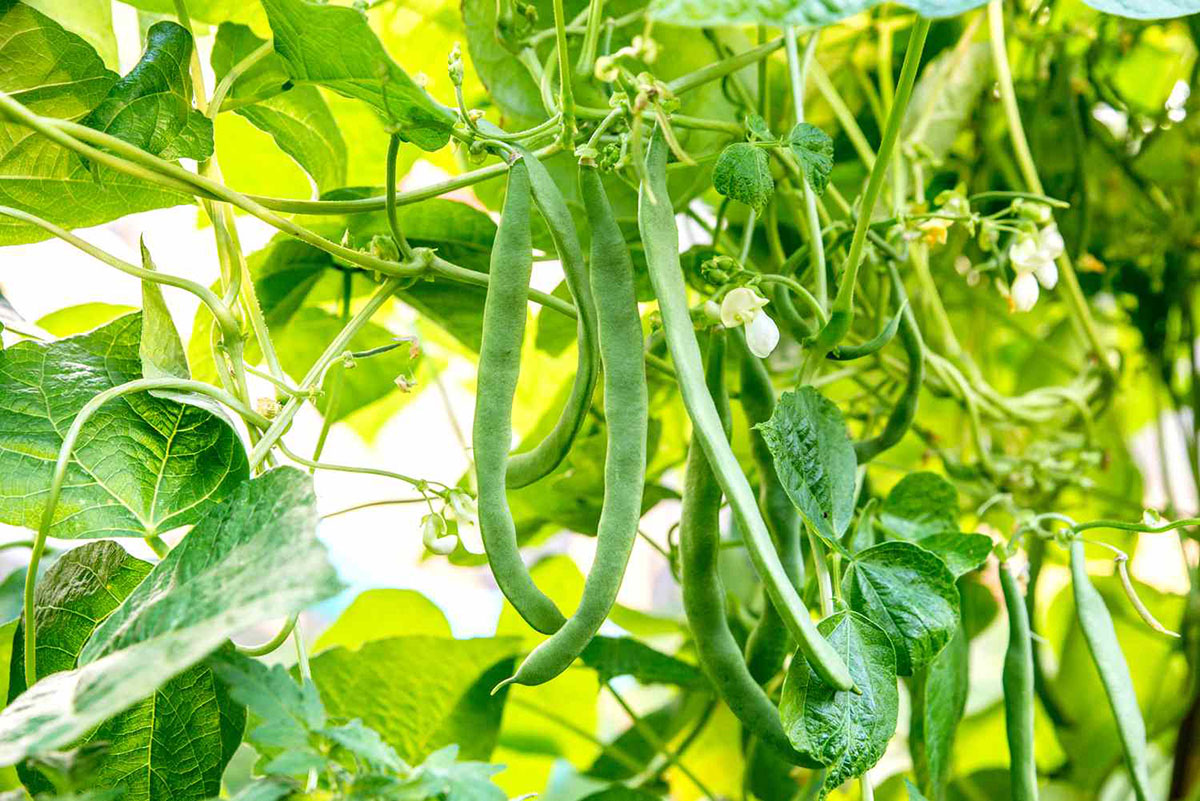
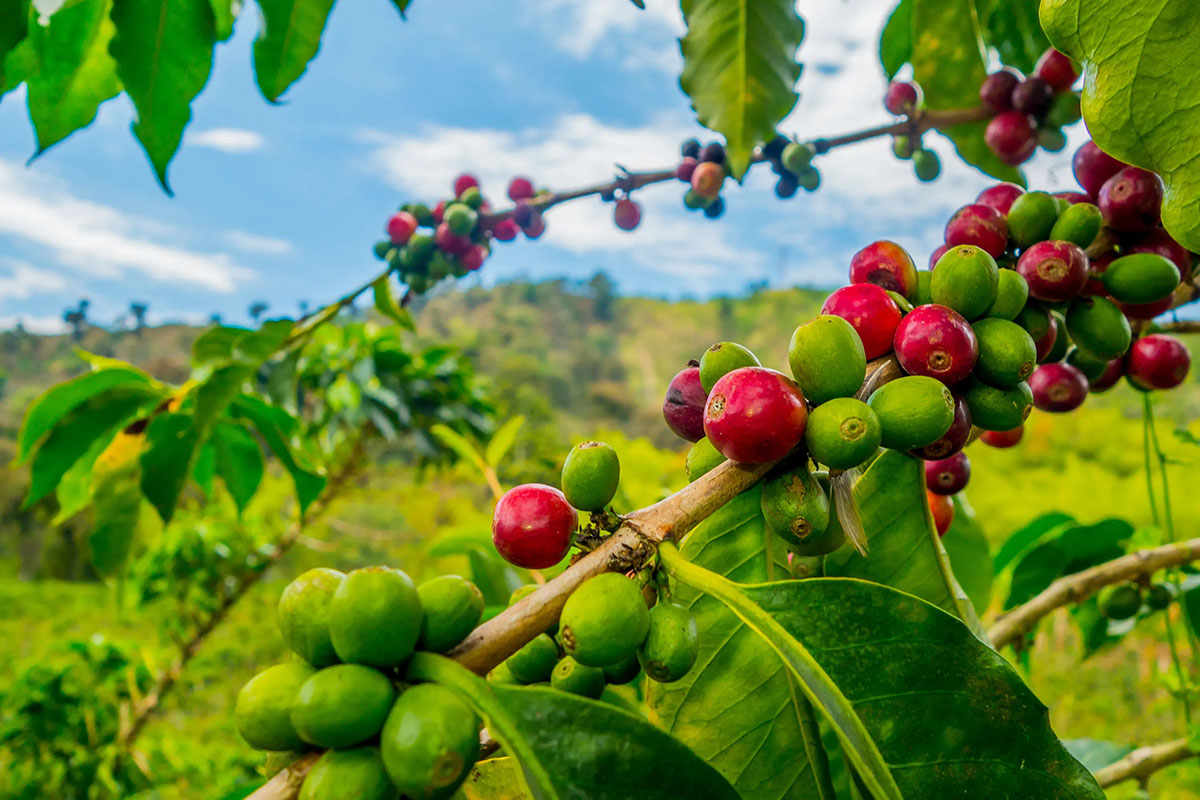
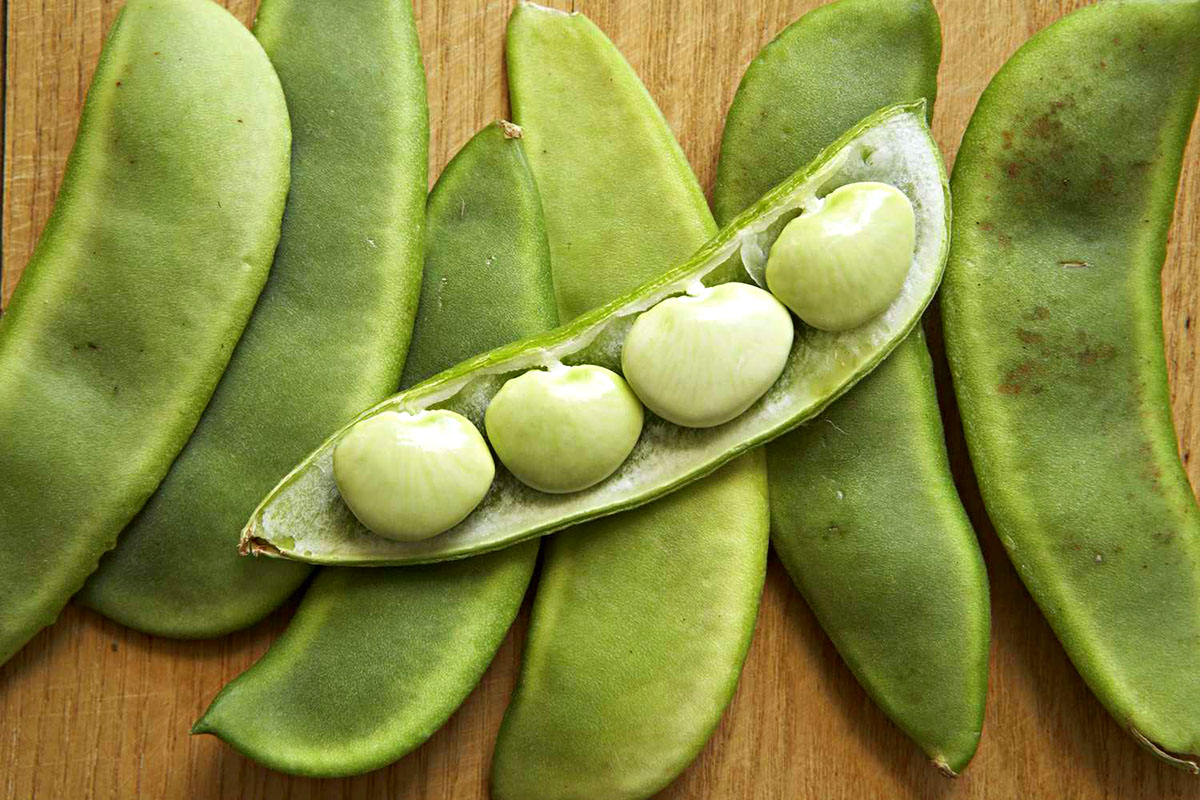
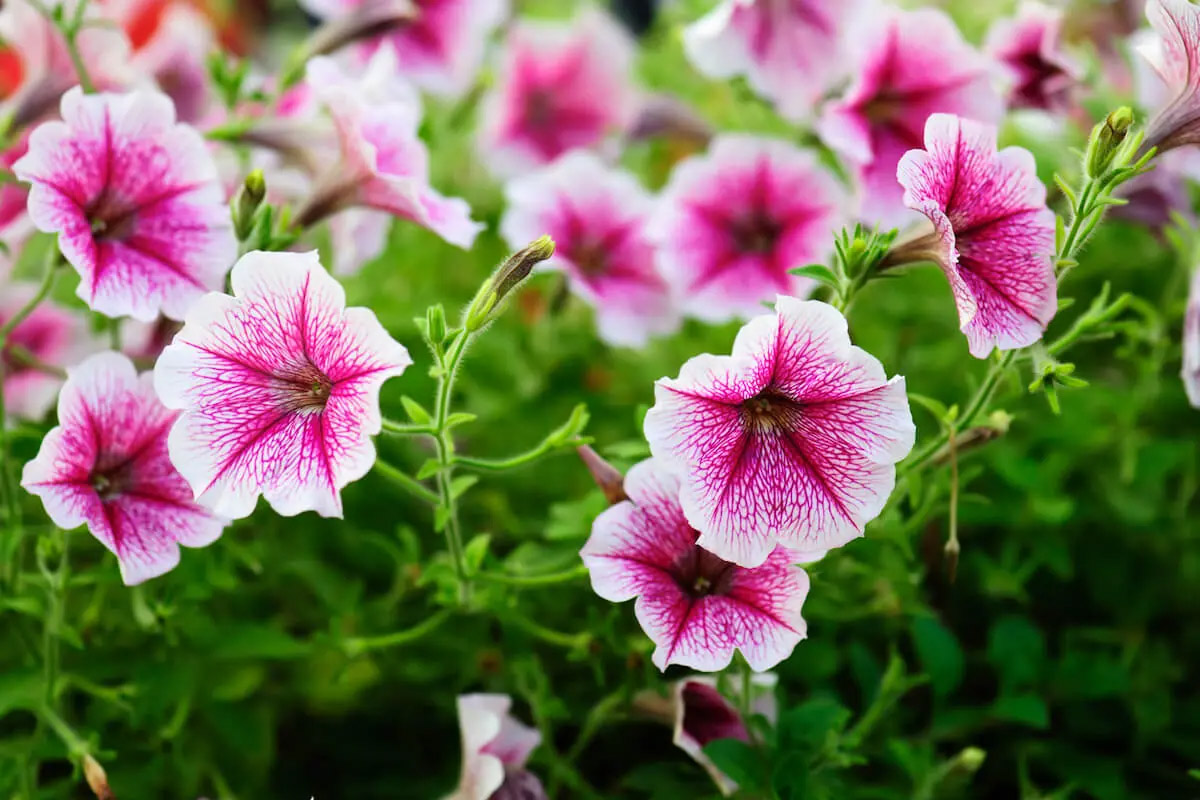


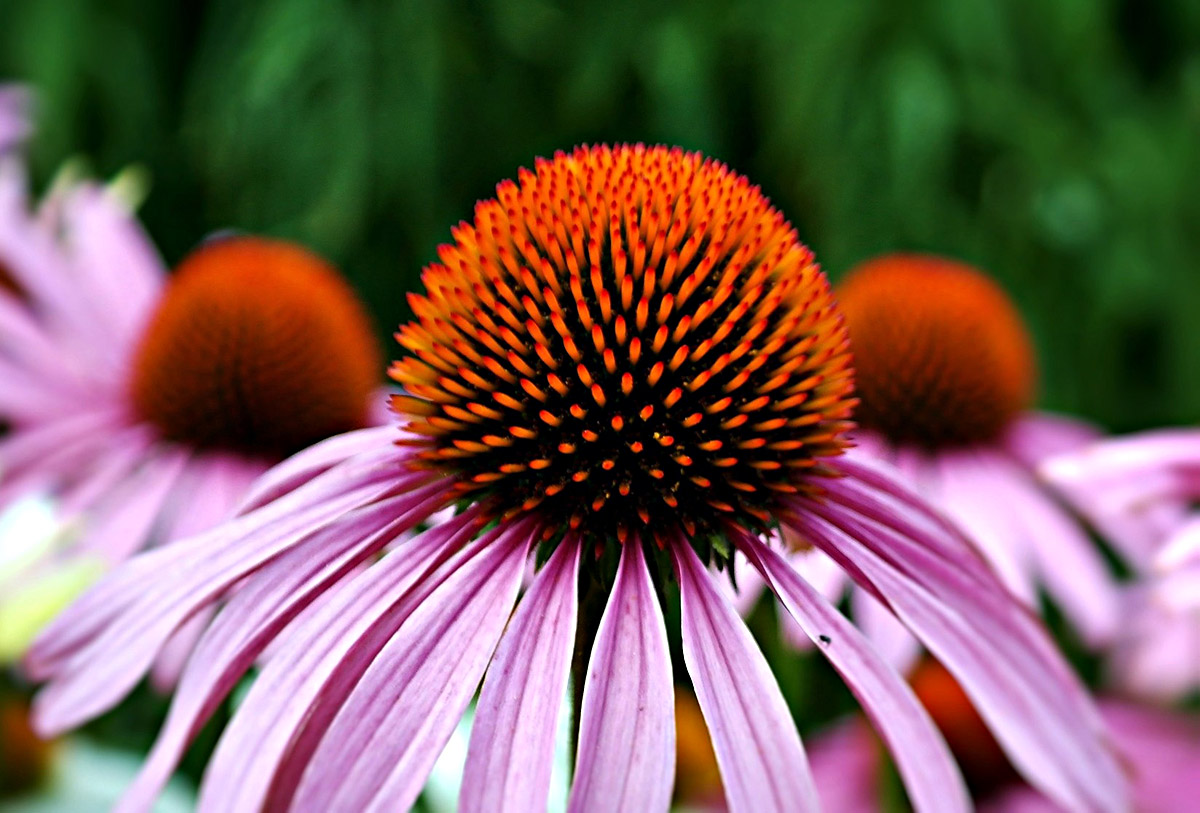
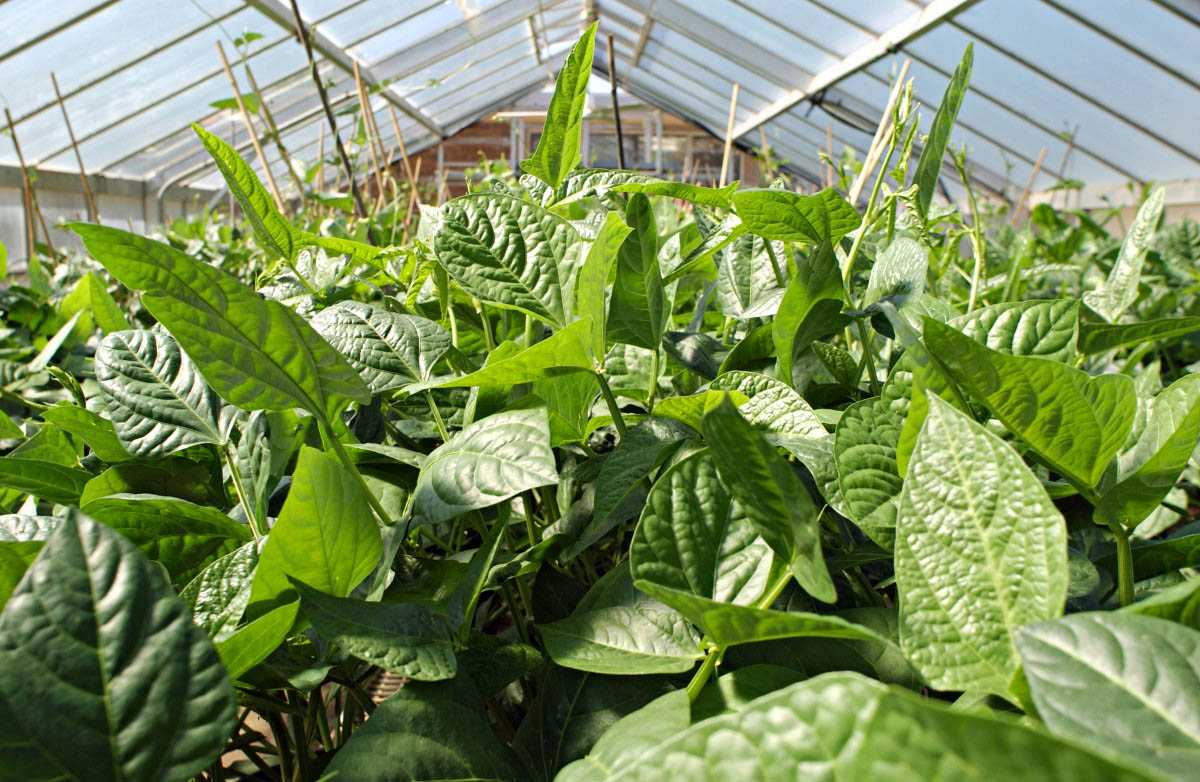

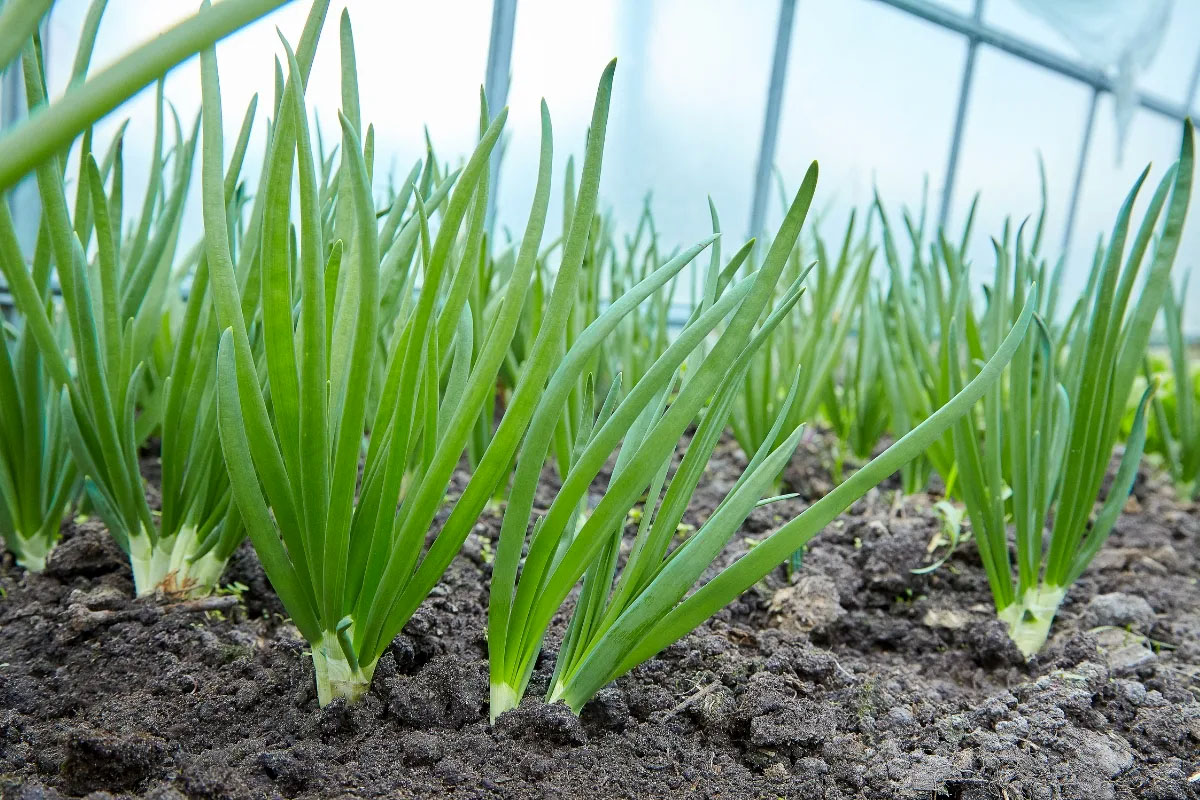
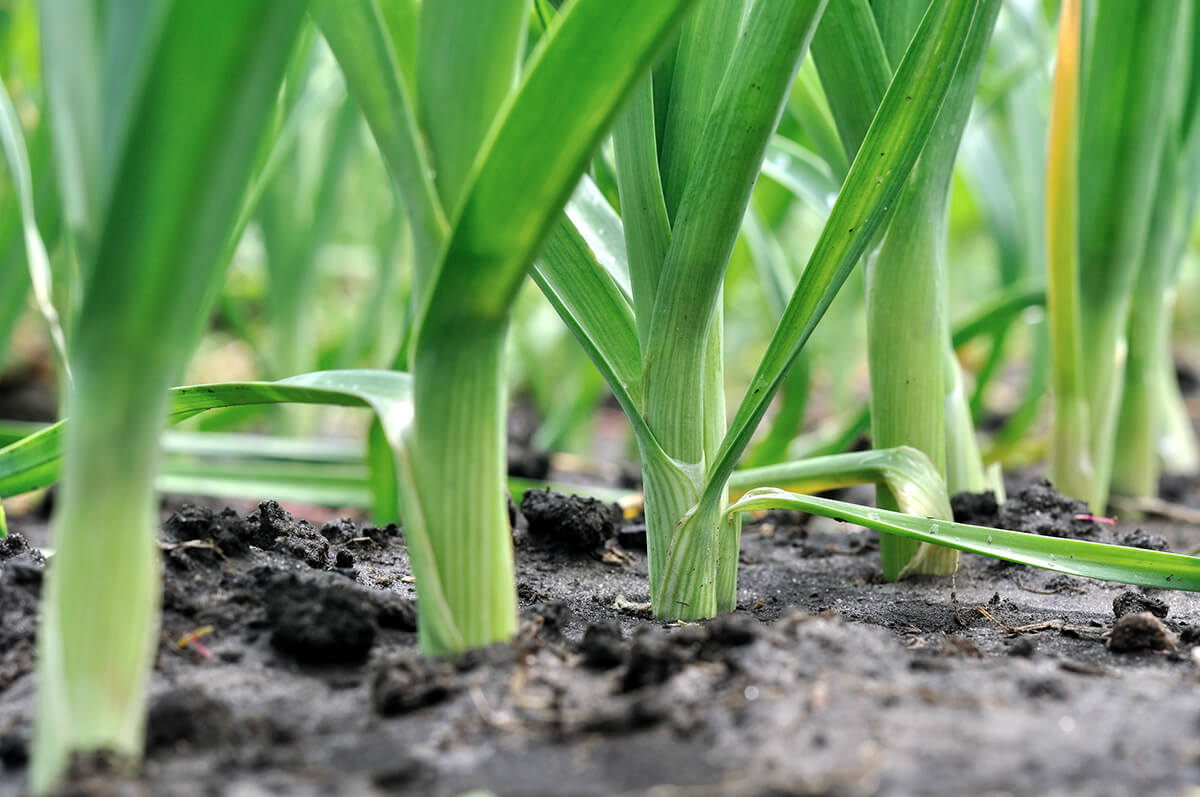
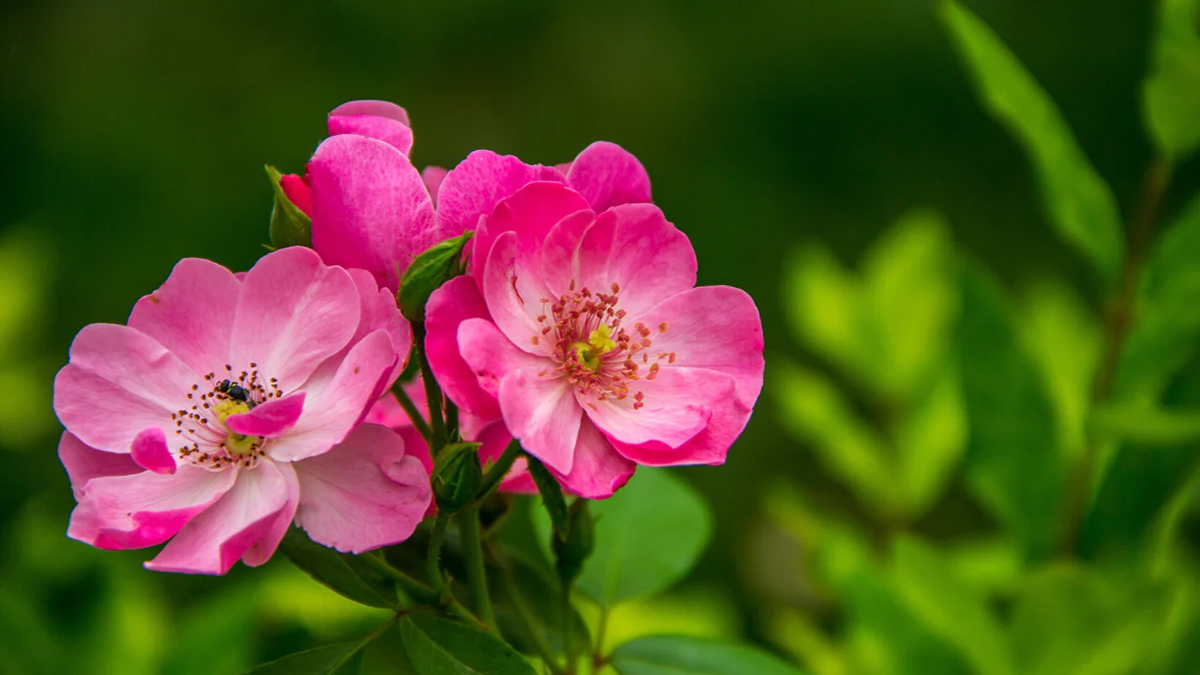
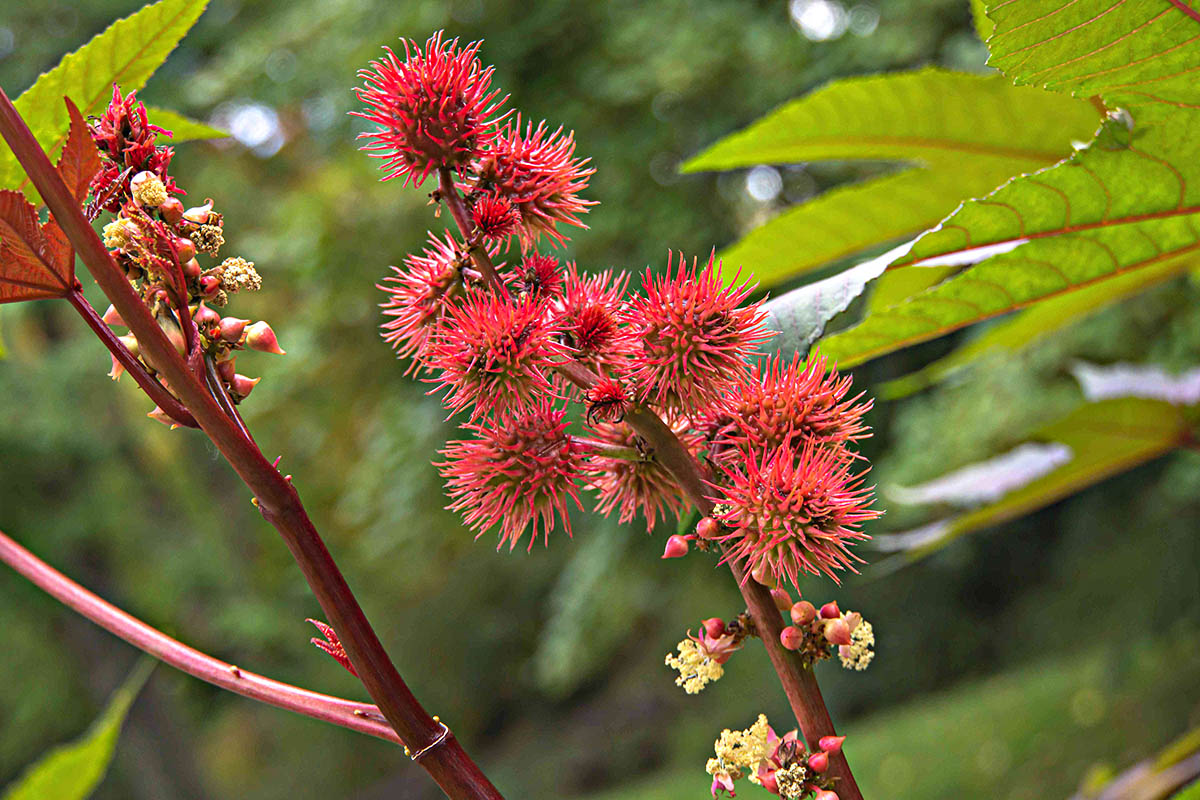

0 thoughts on “How Long Do Bush Beans Take To Germinate”